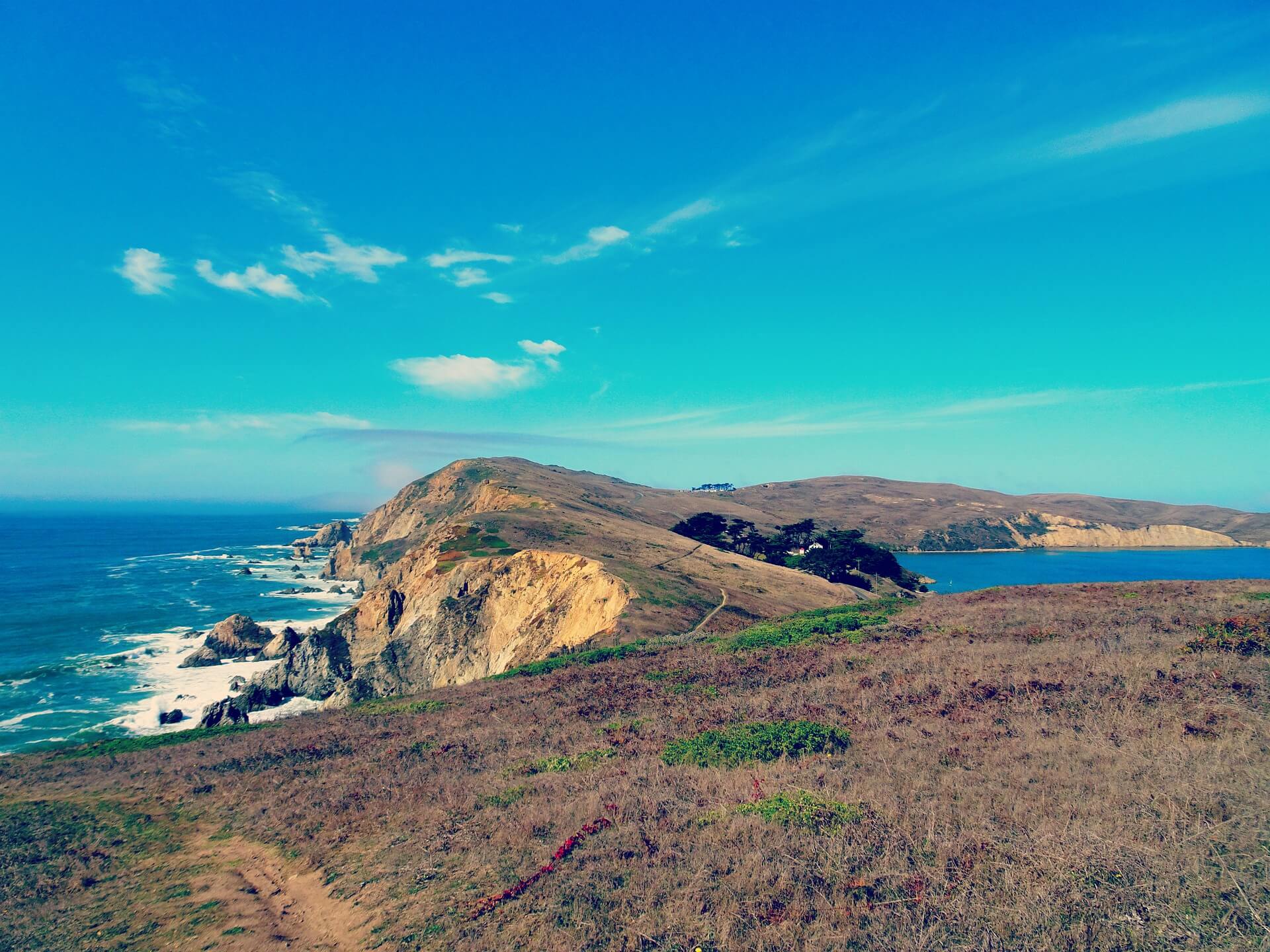
Unfortunately, the facts of life are otherwise.Īlthough we may be characters, in the broader sense of the word, we at the same time must protect the economy of our area. Now, it would be fine, if here on the lower cape, all of those who may not otherwise be gainfully employed could dress in hip boots, walk up and down the streets in beards with a sou'wester and have a lobster pot slung over their shoulders or if we could be out in the dunes or be out in the bogs with berry scoops and look like characters and the rest of us dress in pilgrim suits. We have in the town of Provincetown a town crier who goes through the streets crying out the news of the day, making certain announcements, and that is a tradition which has been carried on from colonial days. Each of these towns has its own individual economy. We must watch that in the creation of something we do not destroy something greater. I have made my life, my future my career here. As oldtimers in Provincetown and on the cape used to say when I was a boy here – and I was born here – whenever anyone asked them where they were born, they would say, "I was Cape Cod born and Cape Cod bred, and when I die I am going to be Cape Cod dead." That is about the way I feel. I would like to say that I am not a transient in the area. Snow, Chairman, Selectmen, Provincetown, Mass. Using Mass Moments in Third Grade Classrooms.Lesson C: A Young Colony Faces Challenges.Activity 4: How the Puritans Celebrated Christmas.Activity 2: High Cost of Following Other Religious Beliefs.Activity 1: The Puritans’ Promise to God.Lesson B: Religious Intolerance in Seventeenth-Century Massachusetts.Activity 1: Creating Big Maps Showing Early Towns.Lesson A: The First English Settlements in the Massachusetts Bay Colony.E/MS Unit II: Building a New Society: Life in Colonial Massachusetts.William Apess Presents a Different Point of View Lesson D: William Apess and the “Mashpee Revolt”.Activity 2: The Fate of Indian “Praying Towns”.Activity 1: Accounts of King Philip’s War.Activity 2: Establishing "Praying Towns" and Educating Indian Youth.Activity 1: Examining the Puritans’ Goals in Relation to Native Peoples.Activity 5: Creative Extension - County Maps.Activity 4: Examining Historic Maps for Information.Activity 2: Reading Early Settlers’ Accounts.Activity 1: Mapping Native American Tribes and English Settlements.Lesson A: Native American Tribes and English Colonists in Early Massachusetts.E/MS Unit I: Two Cultures Collide: Early Relations Between English Settlers and Indigenous People in Plymouth and Massachusetts Bay Colonies.Activity 1: Early Years in the Lowell Mills.HS Unit III: Voices of Labor - Working People Organize, 1925-1930.Activity 2: The Work of a Nobel Peace Prizewinner.Activity 3: Fifty Years’ Worth of Gains.Activity 2: The Difference One Individual Can Make.Activity 1: Nineteenth-Century Women Activists.Activity 2: Advocates for Female Education.

:max_bytes(150000):strip_icc()/view-from-the-dunes-at-duck-harbor-beach--wellfleet--cape-cod-national-seashore--massachusetts--usa-717161077-1362f3d3ef37415888628fbf8ca23b20.jpg)

Lesson C: The Fight for Equal Education, 1800–1855: Two Case Studies of School Desegregation.Activity 1: Interviewing Anti-Slavery Activists.Lesson B: Men and Women, Black and White, Who Made a Difference.Activity 2: Exploring the Mass Moments Website for Answers.Activity 1: Starting With What Students Know.Lesson A: The Struggle for Racial Justice, 1780-1863.
#National seashore free
HS Unit I: Free But Far From Equal: The African American Experience in Massachusetts, 1780–1863.


 0 kommentar(er)
0 kommentar(er)
